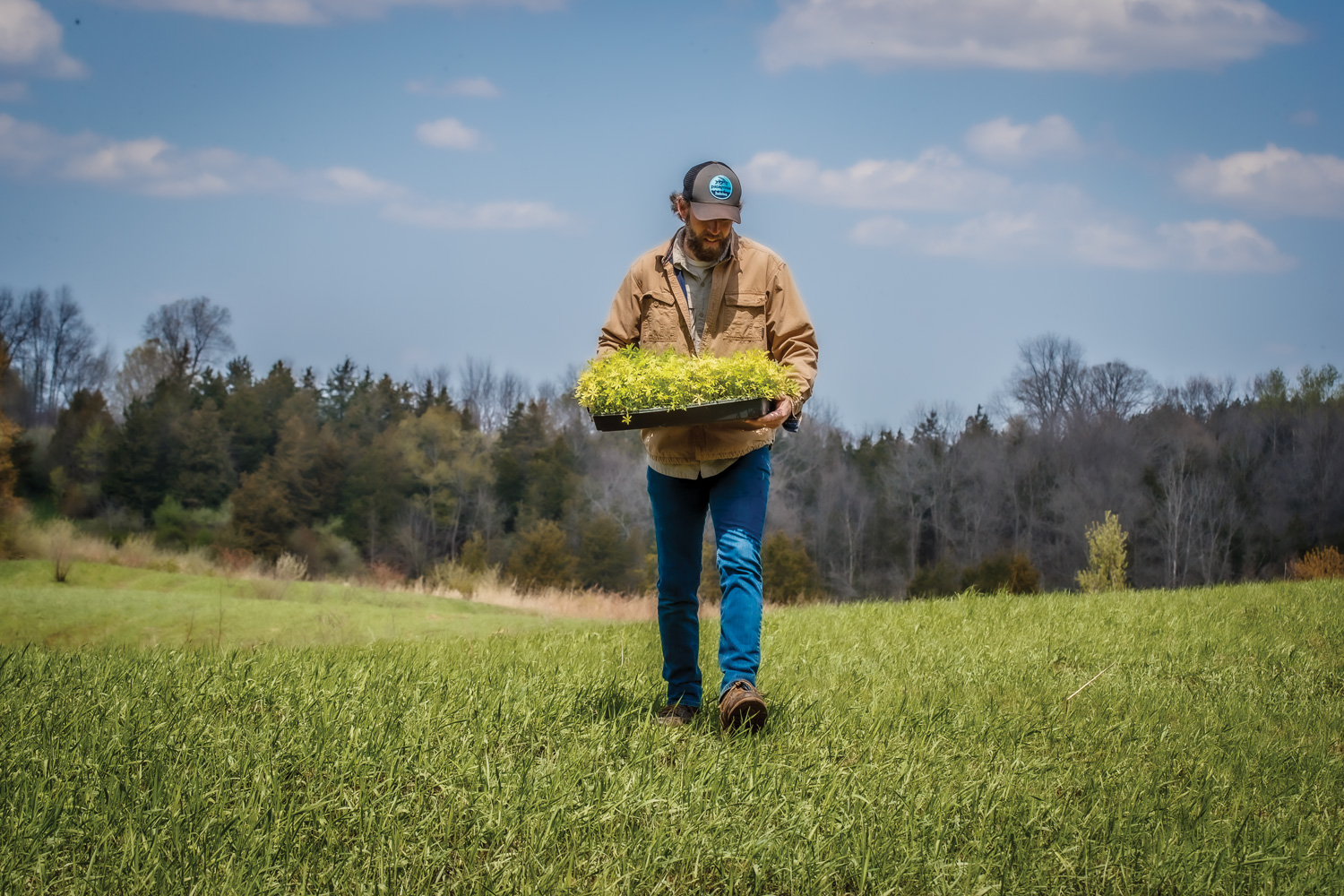By the Numbers
Your updates on the NWTF's accomplishments towards the mission.
Mission in Action
Ten years ago, as we stood facing maturing forests, declining hunter numbers and worries about access to hunting land, the NWTF launched an ambitious initiative in August 2012. Save the Habitat. Save the Hunt. helped focus the mission for the following years. The goals were to conserve or enhance 4 million acres of critical wildlife habitat, recruit or retain 1.5 million hunters and open access to 500,000 acres for hunting and outdoor recreation.
Richard Mann, Washington State Chapter vice president; Yakama Basin Chapter president, treasurer and the Save the Hunt coordinator for Washington State, said he remembers the goals being lofty, but he felt sure NWTF staff, volunteers and partners could hit those targets.
“I was part of Target 2000 where we were trying to get birds in all of the available habitat in all 49 states that could have them,” Mann said. “I watched the work done there … the way the NWTF worked toward getting there. When Save the Habitat. Save the Hunt. first started, the goals were pretty high, but I didn’t have a whole lot of concern about the organization and the volunteers meeting them because of my past experience.”
Two longtime NWTF professionals who helped develop and shepherd the effort from its 2012 genesis to its 2022 conclusion reflected on this incredibly successful achievement. Mark Hatfield, national director of
conservation services, recalls that the NWTF was a decade past Target 2000, its previous, metrics-driven initiative, which began in the 1980s. That goal was to restore turkeys to all suitable habitat in the United States by year 2000. This program helped coordinate turkey transfers between states and established
a standard reimbursement rate to cover the costs of live-trapping, handling and transporting birds. By 2012, though, after decades of growth, wild turkey populations seemed to be declining. It was obvious
that state and local chapters wanted to be part of an integrated, large-scale solution, something they could directly influence.
Jared McJunkin, director of conservation operations in the central region, remembers hours of conference calls and work sessions, deliberating the initiative’s components, including the goals and strategies.
“We wanted every staff member, volunteer and partner to fully understand the goals and objectives and find their own way to contribute,” McJunkin said.
To accomplish the goals, dedicated NWTF volunteers and staff did what they do best — they went to work for conservation and our hunting heritage. District biologists and foresters worked with partners on ambitious habitat and access projects. Regional directors motivated chapters from the Florida peninsula to the Pacific Coast to raise funds through banquets. Save the Habitat. Save the Hunt. coordinators recruited new hunters through cornerstone programs like JAKES, WITO and Wheelin’ Sportsmen.
“I think the NWTF was on the forefront of (R3 – Recruiting, Reactivating and Retaining) with our Save the Habitat. Save the Hunt. initiative and recognizing if we are going to keep the traditions and the opportunities available to people, we needed to do something to start filling that gap of the hunters we were losing and the knowledge that goes with them,” Mann said. “It was a way for me to help pass things on.”
Tim Gribbons, vice president of the Central Massachusetts Chapter and secretary of the Massachusetts State Chapter, summed up the 10-year initiative well. “I think the initiative itself just kind of drove you to want to help others to get involved and help others get into a sport that we love,” he said.
“The 10-year initiative rallied our membership, staff and partners to help deliver our mission on an unprecedented scale,” NWTF co-CEO Kurt Dyroff said. “We faced many challenges over the last decade, but what we accomplished is a testament to our dedicated people who make the NWTF so special. We will look back 50 years from now and see that Save the Habitat. Save the Hunt. served as a springboard for mission-focused delivery far into the future.”
Save the Habitat. Save the Hunt. Initiative
Conserved or Enhanced Wildlife Habitat
- alabama
- alaska
- arizona
- arkansas
- california
- colorado
- connecticut
- delaware
- florida
- georgia
- hawaii
- idaho
- illinois
- indiana
- iowa
- kansas
- kentucky
- louisiana
- maine
- maryland
- massachusetts
- michigan
- minnesota
- mississippi
- missouri
- montana
- nebraska
- nevada
- new hampshire
- new jersey
- new mexico
- new york
- north carolina
- north dakota
- ohio
- oklahoma
- oregon
- pennsylvania
- rhode island
- south carolina
- south dakota
- tennessee
- texas
- utah
- vermont
- virginia
- washington
- west virginia
- wisconsin
- wyoming
The information below includes all projects funded by the state and the national Super Fund, as well as any other internal or external funding source.
More People. More Impact.
